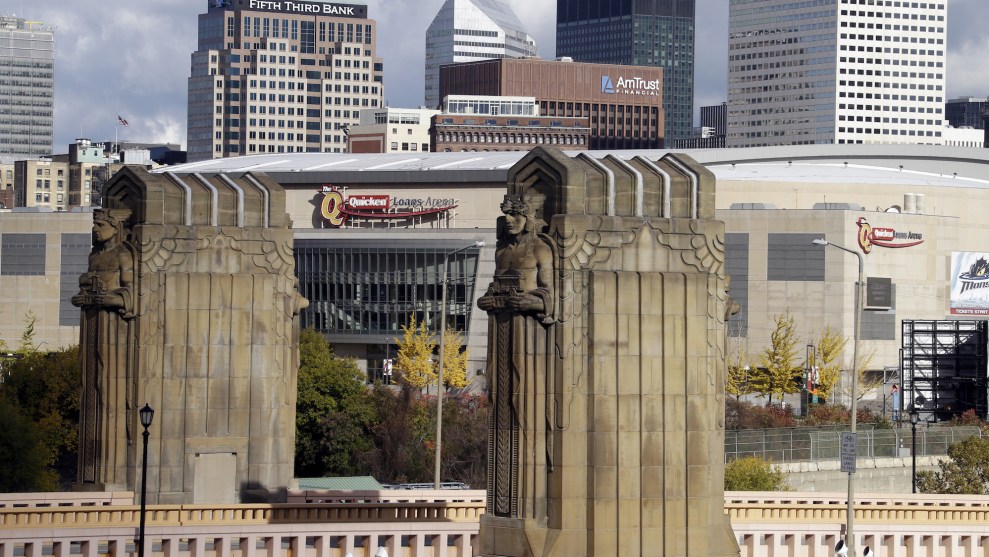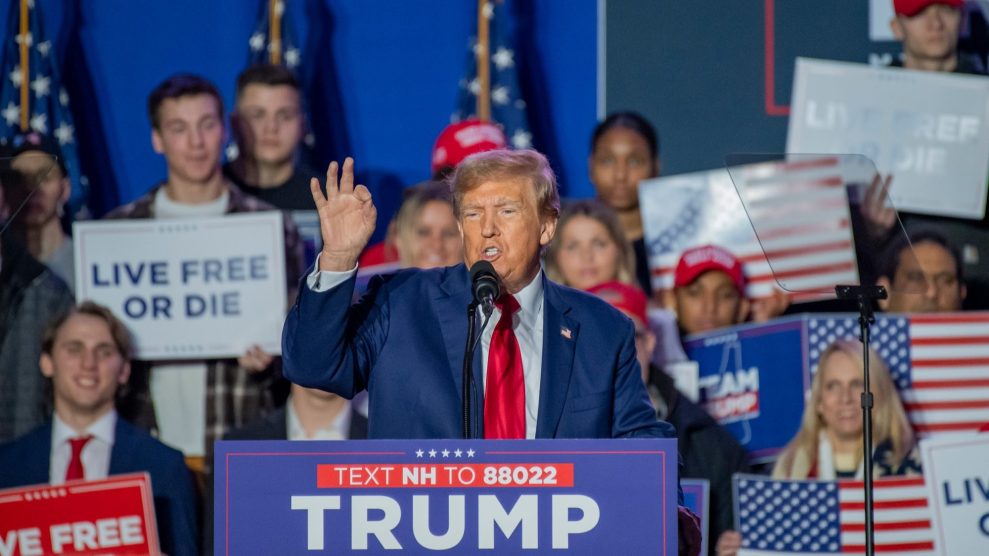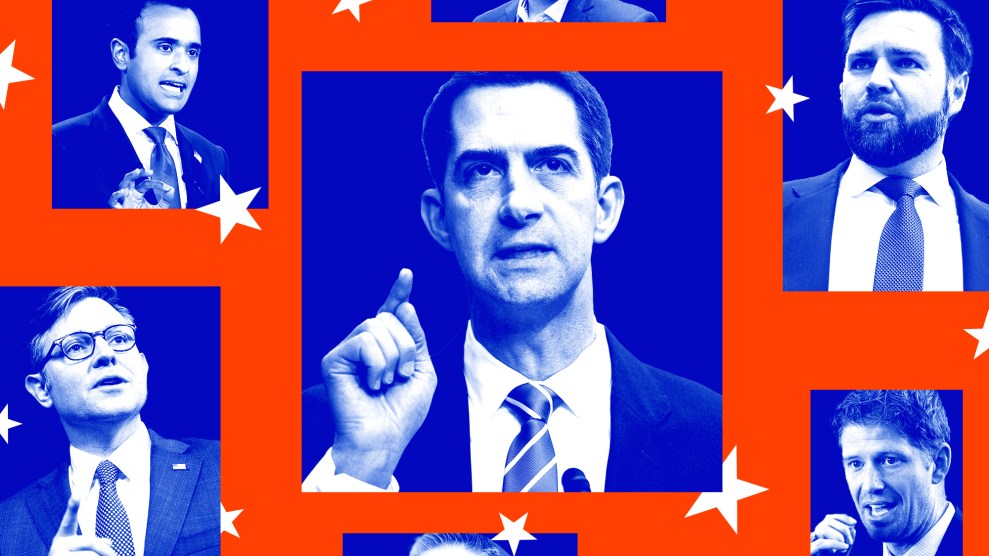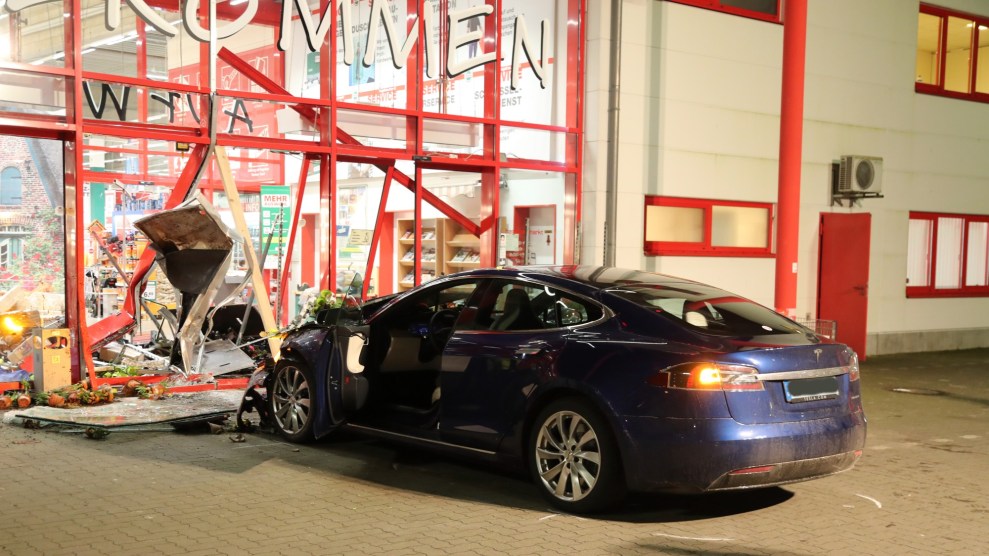
The Guardians of Traffic sculptures at the east end of the Hope Memorial Bridge in Cleveland Mark Duncan/AP
Meet the new guardians of the Great Lakes.
The Cleveland Indians announced on Friday they would become the Cleveland Guardians following the 2021 baseball season, after Native American groups decried their name and logo as racist.
The news was announced in a video narrated by none other than (California native) Tom Hanks.
Together, we are all… pic.twitter.com/R5FnT4kv1I
— Cleveland Indians (@Indians) July 23, 2021
The new name refers to the famous Hope Memorial Bridge over the Cuyahoga River just outside the ballpark, which features eight giant figures representing the Guardians of Traffic.
A fresh look from the 216. pic.twitter.com/0W8VTtZ7b0
— Cleveland Indians (@Indians) July 23, 2021
The Indians announced they were considering a name-change last summer during the public reckoning over racism following the murder of George Floyd.
“Hearing firsthand the stories and experiences of Native American people, we gained a deep understanding of how tribal communities feel about the team name and the detrimental effects it has on them,” team owner Paul Dolan said in a statement in December. “We also spoke to local civic leaders who represent diverse populations in our city and who highlighted the negative impact our team name has on our broader population and on under-represented groups across our community.”
Cleveland was famous as the first team in the American League to integrate. In 1947, owner Bill Veeck hired Larry Doby, a Black player, only a few months after Jackie Robinson broke through with the Brooklyn Dodgers. The next year, Cleveland won the league with Doby and the legendary Black pitcher Satchel Paige—who made his Major League debut at age 42 with Cleveland in 1948 after spending his career in the Negro Leagues. Cleveland still has not won a World Series since then.
Some Republicans immediately tried to turn this name change into their latest front in the culture wars, with Sen. Ted Cruz tweeting “Why does MLB hate Indians,” seemingly missing the entire point of the name change, and then ludicrously suggesting that Boston would be forced to abandon being called the Celtics.
The Washington Football Team has yet to choose a new name.















